Stay Informed
Lancs Industries Blog - The Radiation Post
Our blog covers topics relevant to the nuclear industry, from radon and radioactive decay to cosmic radiation and how to dispose of radiation waste. Don’t see a topic you’re looking for? Let us know
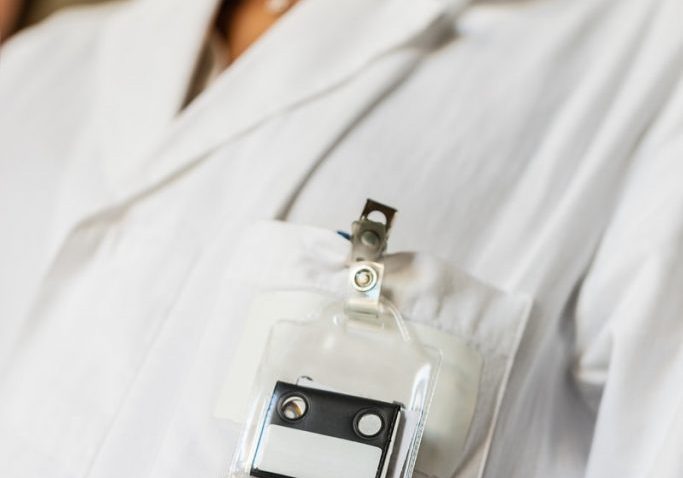
What is a Dosimeter?
Ionizing radiation is harmful. At best, it causes radiation sickness and/or burns; at its worst, it’s fatal or is the cause of terminal cancers and other health conditions that can be fatal. Fortunately, radiation dosimeters come in various sizes and styles, but are ultimately designed to measure the levels of harmful ionizing radiation as a…

Does Radiation Alter Your DNA?
One question we hear now and then is “Does Radiation Alter Your DNA?” There are different types of radiation, and some have little to no effect on DNA – electromagnetic and radio waves, for example. However, ionizing radiation does affect DNA, and this can be harmful at best, and fatal at worst, if humans don’t…

The Importance of Radiation Safety Training in the Workplace
Radiation Safety Training should be in integral part of any company whose work puts employees, the environment and/or others at risk for radiation contamination or exposure. According to the 2017 Ionizing Regulations Act: Every employer must ensure that those of its employees who are engaged in work with ionizing radiation are given appropriate training in…
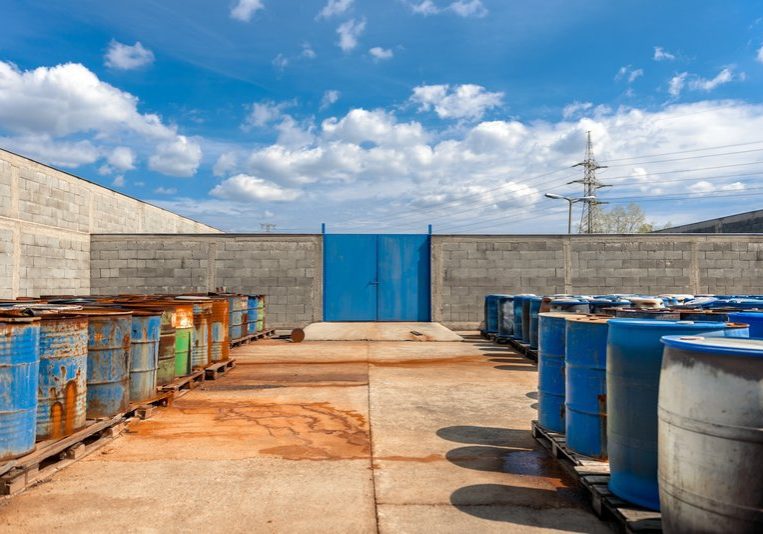
Radiation Containment Types & Styles: Adequate Protection Requires the Right Choice
Your protection from radiation exposure is entirely dependent on the quality of the shielding products you use. Failure to choose the right type or style can lead to unnecessary exposure and long-term consequences. Radiation Containment 101: Basic Types and Styles If you’re working in a radioactive career or in a job environment, its essential…
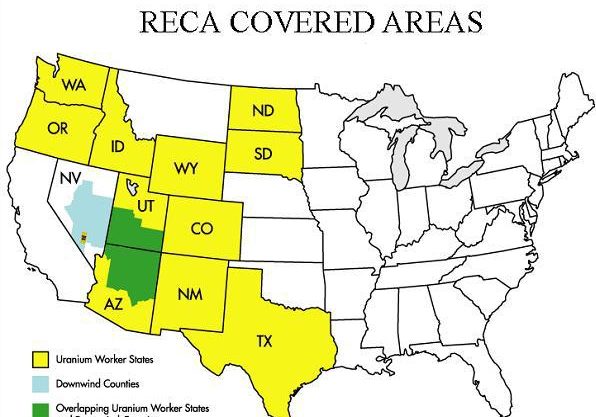
Radiation Exposure Compensation Act
It’s important to note that while the Radiation Exposure Compensation Act (RECA) does help certain individuals who were unlawfully and/or unethically exposed to nuclear weapons radiation – it only pertains to very particular years during 1945 and 1962. If you have been exposed to radiation after these dates – via your place of work or…
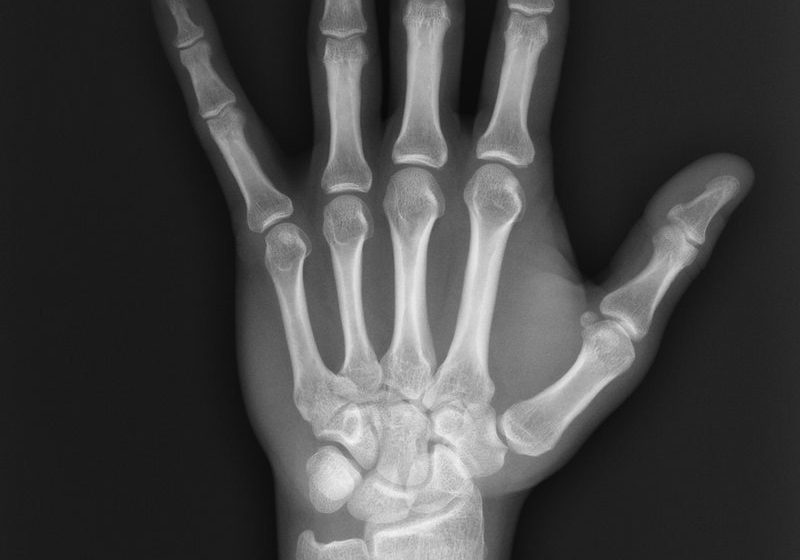
The History of X-Ray Technology
Professor Wilhelm Conrad Roentgen discovered x-ray radiation in his Wuerzburg University lab back in 1895. His discovery is said to have landed like a bomb-shell in the scientific community – and we can honestly say the world has not been the same since. While working with a cathode-ray tube, the professor noticed crystals on a…

Is Electromagnetic Radiation Dangerous?
There are different types of radiation – and some are more harmless than others. Ionizing radiation – the type that messes with your DNA and causes radiation sickness – is the “bad kind.” This is very different from electromagnetic radiation, which is considered non-ionizing (doesn’t break chemical bonds and/or damage your DNA). Even so, experts…
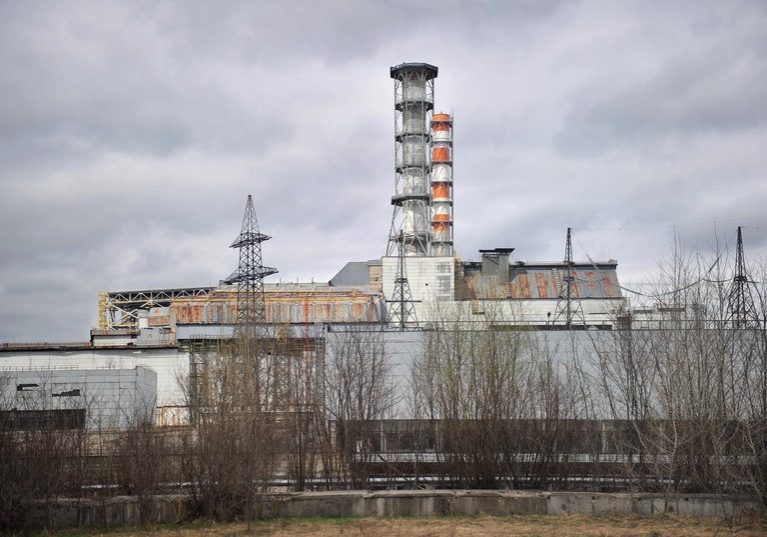
The Most Radioactive Places on Earth
Radioactive isotopes have shockingly long half-lives – the amount of time it takes them to decay. As a result, radioactive accidents or emergencies potentially leave lifetimes of toxicity behind in their wake. If you’re a world traveler, it’s worth knowing about some of the most radioactive places on the planet so you can steer clear…
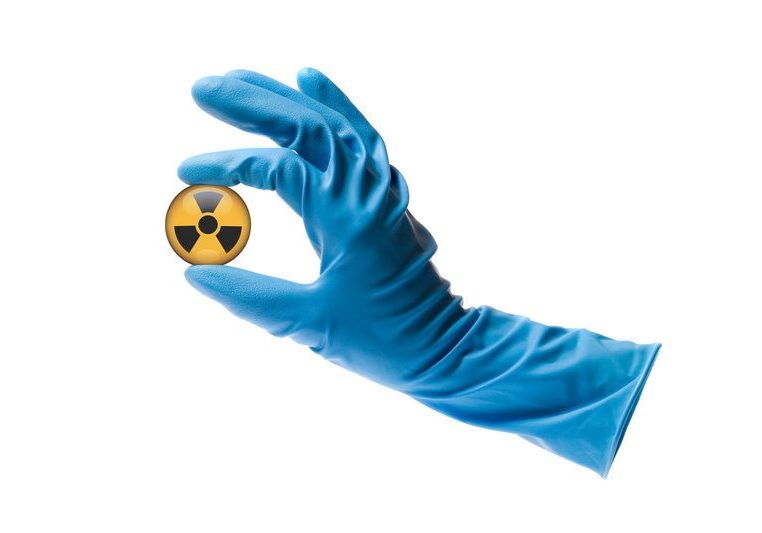
What Blocks Radiation? Materials Used in Radiation Shielding
Radiation contamination is always a concern anywhere radioactive materials or tools are used, which is why radiation shielding products are essential to any ALARA program or a relevant company safety program. This includes nuclear power facilities and industrial complexes, to medical facilities where x-rays are used, and any other “radioactive workspaces.” Containing the radiation and…

